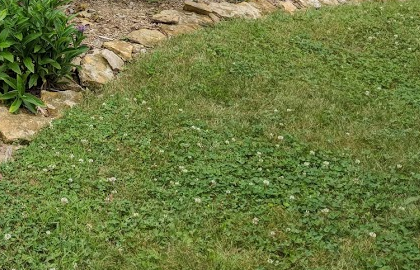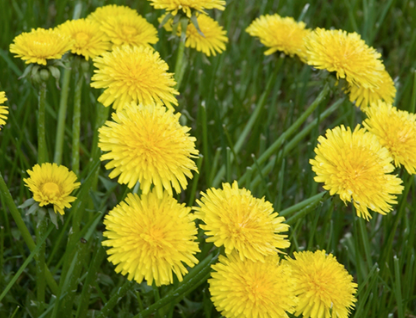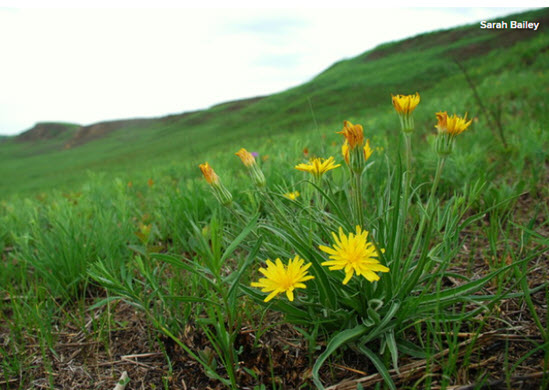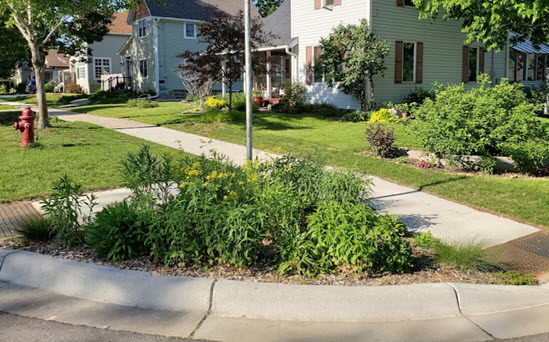Click below to listen to my 2 min. Garden Bite radio show: Dandelions – the great debate
Audio PlayerAs you know, I’ve been an advocate of not using chemicals on my lawn, which means dandelions. Lots of gardeners, including me, have touted the benefits of those cheery yellow flowers. Bees enjoy them. However…

I just read an article from a man who really LIVES native plantings. Benjamin Vogt is an author I’ve interviewed a few times and he has just given me food for thought that I wanted to share with you.
That yellow dandelion is NOT native.

It’s a European variety, thus it’s invasive attitude!
There is a native, also yellow but not exactly the same. It’s common name is Prairie False Dandelion. Native from Montana east to Wisconsin and Illinois, and south from Colorado to Missouri, it will grow 1 ft. tall and wide.

Benjamin writes: The “problem” of dandelions is twofold: first, they look weedy because they most often occur in monoculture lawns or park spaces devoid of other concurrently-flowering species. This means they stand out like a sore thumb, an obvious affront to a highly-managed space that’s held back from its full, ecological potential as a meadow. Dandelions are nature screaming to be set free.
He is an adamant advocate for protecting our planet and has no issue letting we humans know we’ve wronged the planet.
Here are a few of his reasons: Less than 3% of the original tallgrass prairie remains, making it more threatened than the Amazon and Indonesian rainforests combined. 70% of all U.S. grasslands may be gone by 2100.
Native plants and other information:
- Minnesota
- Wisconsin
- Iowa
- South Dakota – this list includes North Dakota and Western MN
- Pennsylvania
Let me know YOUR thoughts on the Great Dandelion Debate! You can email me at tkgardenbite@gmail.com or find Garden Bite on Facebook, Twitter, Instagram and YouTube too.

I have refined and added to my original butterfly garden as road construction had me lifting all the plants out and not all survived my “nursery”! I added my favorite native annual reseeder, Partridge Pea and Golden Alexander. It’s the one blooming right now.

